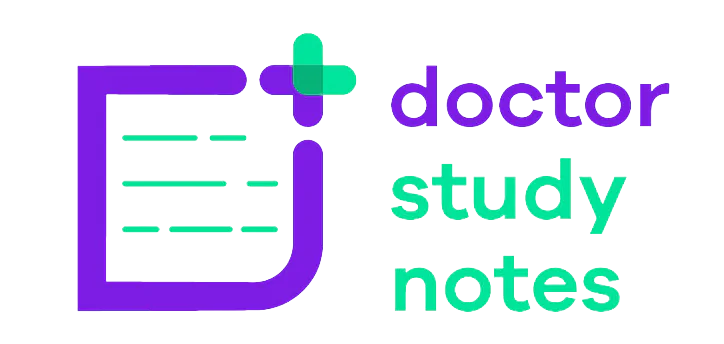Cluster headaches are a debilitating and excruciating type of headache that affects a small percentage of the population. Known for their intensity and frequency, cluster headaches can significantly impact the quality of life for those who experience them. In this blog post, we will delve into the details of cluster headaches, including their symptoms, causes, triggers, diagnosis, and available treatment options.
Understanding Cluster Headaches:
Cluster headaches are characterized by severe, unilateral (one-sided) pain that is often described as a piercing or burning sensation. The pain is typically located around the eye or temple area and can radiate to other parts of the face, head, and neck. These headaches occur in cyclical patterns or clusters, hence the name “cluster” headaches. Each cluster can last for weeks or months, followed by a period of remission.
Symptoms:
The symptoms of a cluster headache include:
- Intense, excruciating pain on one side of the head, usually around the eye or temple.
- Restlessness or agitation during the headache.
- Nasal congestion or a runny nose on the affected side.
- Watery or bloodshot eyes.
- Drooping eyelid or a small pupil on the affected side.
- Swelling or redness around the eye on the affected side.
Causes and Triggers:
The exact cause of cluster headaches is still not fully understood. However, researchers believe that abnormalities in the hypothalamus, a region of the brain, may play a role in their development. Additionally, there are several triggers that can provoke a cluster headache, including:
- Alcohol consumption.
- Cigarette smoking.
- Strong odors or fumes.
- High altitudes.
- Changes in sleep patterns.
- Certain foods, such as chocolate or aged cheeses.
Diagnosis:
Diagnosing cluster headaches can be challenging since the symptoms are similar to other types of headaches. A comprehensive evaluation by a healthcare professional is necessary to rule out other potential causes. The healthcare provider will take a detailed medical history, conduct a physical examination, and may recommend additional tests such as brain imaging to exclude other underlying conditions.
Treatment Options:
While there is no cure for cluster headaches, several treatment options can help alleviate symptoms and reduce the frequency of attacks. These include:
Acute treatment: Fast-acting medications such as triptans and high-flow oxygen therapy can provide relief during a cluster headache attack.
Preventive treatment: Medications like verapamil, lithium, and corticosteroids may be prescribed to reduce the frequency and intensity of cluster headaches during the active phase.
Nerve stimulation: Occipital nerve stimulation and deep brain stimulation are emerging treatment options that involve implanting devices to modulate pain signals.
Lifestyle adjustments: Avoiding triggers like alcohol, smoking, and certain foods can help prevent cluster headache attacks.
Coping Strategies:
Living with cluster headaches can be challenging, but there are strategies that can help individuals cope with the condition:
Create a headache diary: Tracking the timing, duration, and possible triggers of cluster headaches can help identify patterns and assist in treatment planning.
Seek support: Joining support groups or connecting with others who have cluster headaches can provide emotional support and valuable insights.
Stress management: Practicing relaxation techniques, such as deep breathing exercises, yoga, or meditation, can help manage stress levels and potentially reduce the frequency of attacks.
Establish a sleep routine: Maintaining a consistent sleep schedule can help regulate the body’s natural rhythm and reduce the likelihood of cluster headaches.
Conclusion:
Cluster headaches are a severe and debilitating condition that requires proper diagnosis and management. If you or someone you know experiences the characteristic symptoms of cluster headaches, it is essential to seek medical attention for an accurate diagnosis and appropriate treatment plan. While there is no cure for cluster headaches, various treatment options, including acute and preventive measures, can help alleviate symptoms and reduce the frequency of attacks. Lifestyle adjustments, such as avoiding triggers and adopting stress management techniques, can also contribute to managing the condition effectively. Additionally, seeking support from healthcare professionals, support groups, and loved ones can provide invaluable assistance in coping with the challenges posed by cluster headaches. With the right approach and a comprehensive treatment plan, individuals living with cluster headaches can find relief and improve their overall quality of life.
